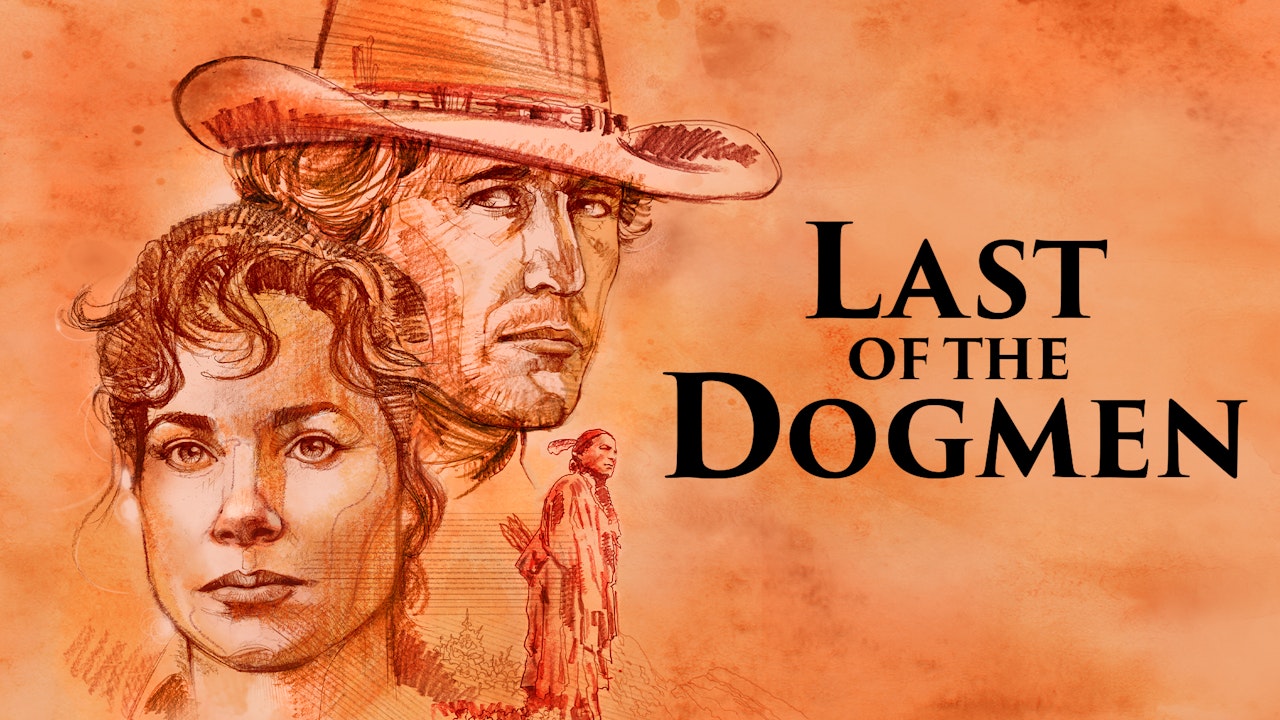
Bruce Beresford’s Last of the Dogmen (1995) is a lesser-known gem that blends adventure, romance, and historical fiction against the breathtaking backdrop of the Montana wilderness. The film follows bounty hunter Lewis Gates (Tom Berenger), a rugged loner haunted by past trauma, as he stumbles upon a hidden Cheyenne tribe that has lived in complete isolation since escaping massacre over a century ago. Anthropologist Lillian Sloan (Barbara Hershey) joins him, and together they face the dilemma of whether to protect this untouched culture or expose it to the modern world.
The film’s strength lies in its respect for Native American traditions and its emphasis on coexistence rather than conquest. Unlike many films about Indigenous peoples, Last of the Dogmen avoids glorifying the outsider. Instead, it focuses on redemption, cultural reverence, and the cost of interference. The cinematography, rich with sweeping mountain vistas, supports the film’s almost mythic tone. However, the plot, while heartfelt, can feel idealized, and the narrative pace occasionally drags. Still, the film remains a touching tribute to lost worlds and the human capacity for change.
Though Last of the Dogmen ends on a quiet, poignant note—with Gates choosing to remain with the tribe and leave behind the modern world—it leaves open the possibility for a continuation.
In a fictional sequel titled Return of the Dogmen, the story could follow the next generation: the children of Gates and Sloan who have grown up within the secluded Cheyenne community. When satellite imagery inadvertently reveals signs of the tribe's hidden existence, a powerful tech company seeks to explore the region for resource extraction. Tensions rise as the outside world begins to encroach, threatening the survival of the Dogmen.

This sequel would deepen the original’s themes of identity, legacy, and resistance. Could the tribe maintain its secrecy in a hyper-connected world? Would the younger generation want to remain hidden—or feel torn between two worlds? Such a storyline would allow for a modern retelling of Indigenous sovereignty and environmental stewardship, adding timely relevance to the original’s romanticism.
While Last of the Dogmen may not have achieved mainstream fame, its heart, message, and visual poetry linger with those who discover it. A follow-up could both honor its legacy and challenge audiences to reflect on what we preserve—and what we’re willing to sacrifice—in a rapidly changing world.



